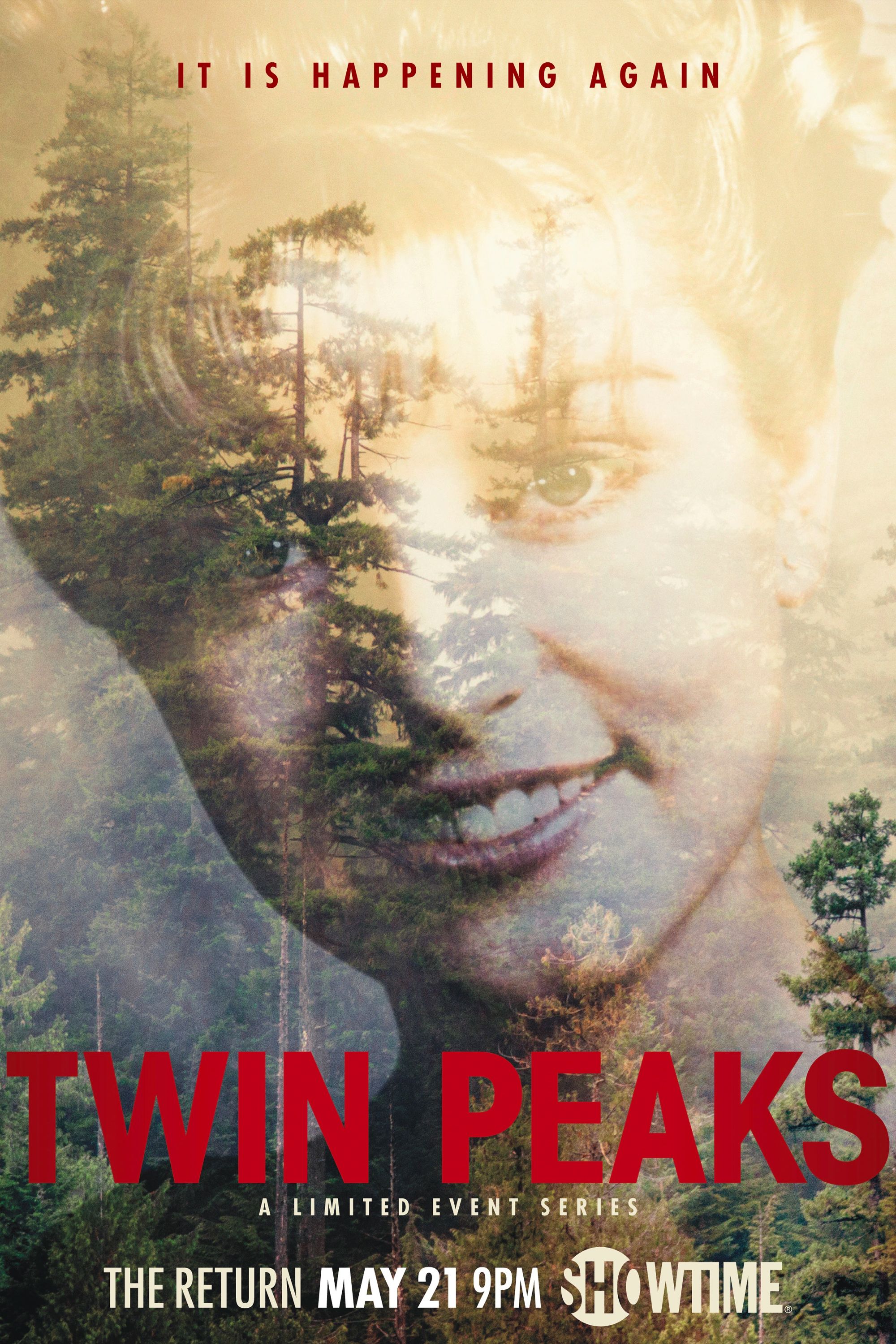Summary
-
Twin Peaks
and
The X-Files
feature unconventional FBI agents with unique quirks and approaches to their investigations. - Both series blend multiple genres, transforming everyday settings into eerie and unsettling places.
- In their own ways,
Twin Peaks
and
The X-Files
changed the TV landscape forever.
Since The X-Files premiered in 1993, it has been compared to Twin Peaks (1990–91), and, given the biggest similarities between the cult classic TV shows, it’s easy to see why. Although Chris Carter’s sci-fi drama is often associated with popularizing television’s monster-of-the-week format, The X-Files still shares DNA with Twin Peaks, especially since the shows were forged during a similar pop-cultural moment. The X-Files‘ original 9-season run centers on FBI agents, Fox Mulder (David Duchovny) and Dana Scully (Gillian Anderson), who investigate the bureau’s “X-Files,” fringe cases that seem paranormal.
Mark Frost and David Lynch’s Twin Peaks takes a slightly different approach. The mystery drama unfolds in the titular small town in Washington, where the sudden murder of homecoming queen Laura Palmer (Sheryl Lee) prompts the FBI to send Special Agent Dale Cooper (Kyle MacLachlan) to investigate. Uncanny and soapy at times, Twin Peaks might pull from a broader range of genre influences than The X-Files, but the shows’ core elements certainly overlap. In fact, The X-Files‘ more chilling moments make it one of many horror TV shows inspired by Twin Peaks, though that’s not the only similarity.
10 Both Twin Peaks & The X-Files Center On Unconventional FBI Agents
Dale Cooper, Dana Scully & Fox Mulder Are Cut From Similar Cloth
Although Twin Peaks‘ cast of characters boasts an eccentric ensemble of personalities, Kyle MacLachlan’s Special Agent Dale Cooper is the show’s traditional protagonist — even if he isn’t introduced in the show’s opening scenes. Like audiences, Cooper arrives in the strange-yet-charming town of Twin Peaks to unravel its mysteries. However, Cooper is far from a traditional FBI agent. Much like the people he encounters while investigating who killed Laura Palmer, Dale Cooper has his quirks. Whether he’s literally casting stones or relying on what he saw in his dreams, Cooper isn’t a strictly by-the-books lawman.
Both The X-Files and Twin Peaks broke from detective fiction tropes, allowing them to create beloved, and truly singular, agents.
Similarly, The X-Files is another unconventional look at the Federal Bureau of Investigation and its agents. While Gillian Anderson’s Dana Scully is a medical doctor by trade, and a determined skeptic, she certainly finds herself leaning into less-than-standard protocol over the course of the series. Meanwhile, although David Duchovny’s Fox Mulder is a top-notch criminal profiler, he’s also an ardent supernaturalist and a conspiracy theorist — something that garners him a reputation at the bureau. Both The X-Files and Twin Peaks broke from detective fiction tropes, allowing them to create beloved, and truly singular, agents.
9 The TV Series Toe The Line Between The Grounded & The Paranormal
The X-Files Plays Up The Believer Vs. Skeptic Dynamic
The whole premise of The X-Files hinges on the dichotomy between Scully the skeptic and Mulder the believer, which means a majority of episodes present both science-backed, grounded explanations for the cases and paranormal reasoning. It’s quite a balancing act, but it’s part of what makes The X-Files work so well. As Dana Scully says in (arguably) her best quote, “I want to believe.” That’s a sentiment plenty of viewers shared with the more logic-driven agent, especially as The X-Files delved deeper into its overarching alien invasion plotline.
…the show isn’t afraid to present the otherworldly alongside very human horrors.
Although Twin Peaks opens with some very odd details, it feels like standard detective fiction — until it very much doesn’t. From Cooper’s dreamy trip to Twin Peaks‘ Black Lodge to the Log Lady’s (Catherine E. Coulson) prophetic insight, Twin Peaks gets stranger by the second. Thanks in part to David Lynch’s surrealist sensibilities, the show isn’t afraid to present the otherworldly alongside very human horrors. Even though Twin Peaks gets a bit more definitive with its lore, the series still toes the line between the real and unreal for a good while.
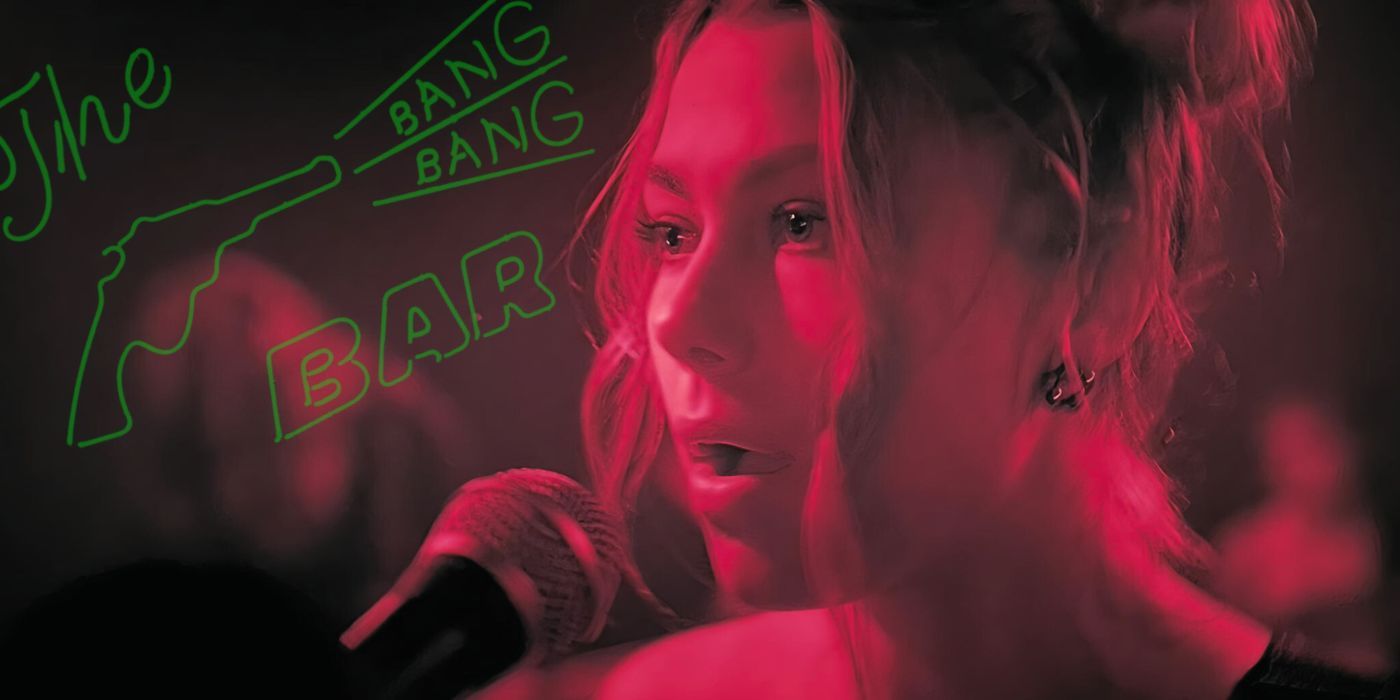
Related
One Of The Best Parts Of Twin Peaks Is Perfectly Revived In A24’s New Horror Movie With 85% On RT
Twin Peaks: The Return may have concluded in 2017, but A24’s recent psychological horror film perfectly revives one of the show’s trademarks.
8 Several Key Actors Appear In Both Twin Peaks & The X-Files
David Duchovny Has Fan-Favorite Roles In Both Shows
The X-Files: Year Zero teases that Twin Peaks and The X-Files share a universe, with Mulder referencing one of Dale Cooper’s most iconic quotes about coffee while hanging out in a diner with Scully. The two series easily fit into the same world, but it goes beyond fun Easter eggs. There’s something about the shared roster of actors, all of whom play memorable personalities in both shows, that augments that feeling. For starters, Frances Bay, who plays the mysterious Mrs. Tremond in Twin Peaks, also appears as a woman tormented by spirits in The X-Files season 2.
One of David Duchovny’s first major roles was in
Twin Peaks
.
Michael Horse, who’s most well-known for playing Deputy Hawk in Twin Peaks, also plays an officer in the season-one episode of The X-Files called “Shapes.” Michael J. Anderson, who plays a bizarre Black Lodge resident in Twin Peaks, also appears in an X-Files episode as the landlord of a trailer park that’s inhabited by circus performers. Don Davis is both Major Garland Briggs and William Scully, Dana’s late father. Perhaps most notably, David Duchovny also appeared in Twin Peaks, playing DEA Agent Denise Bryson.
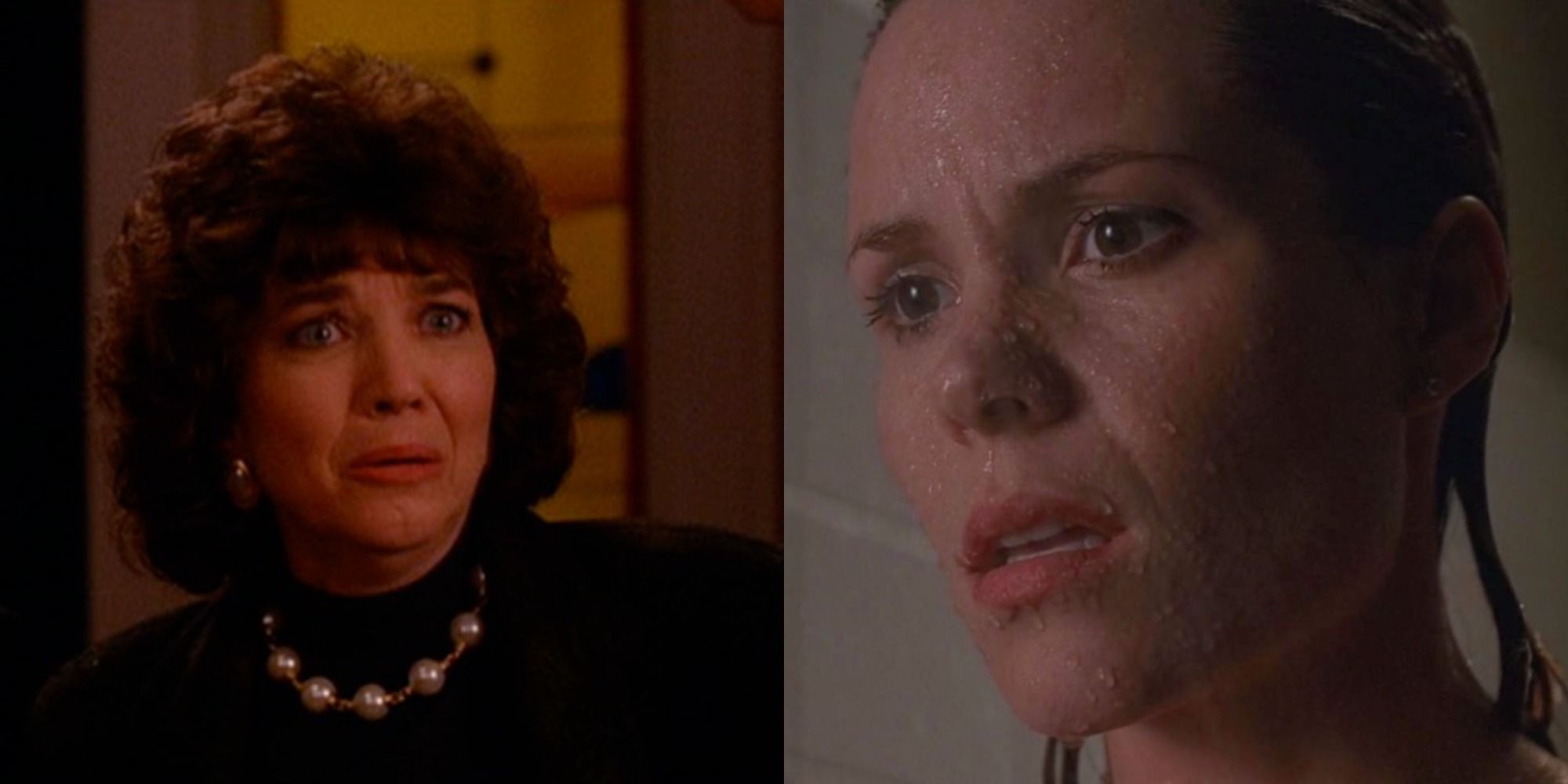
Related
9 Actors From Twin Peaks Who Also Appeared In The X-Files
Twin Peaks and The X-Files had a lot in common, such as these nine actors who appeared in both shows.
7 Twin Peaks & The X-Files Both Blend Various Genres
Horror, Drama & Thriller Elements Appear In Both Series
Unlike other shows that came before Twin Peaks and The X-Files, the two series are not afraid to blend multiple genres in order to create their distinct worlds and tones. The X-Files, which took inspiration from The Twilight Zone, Night Gallery, Tales from the Darkside, and Kolchak: The Night Stalker, among other works, blends sci-fi, horror, and supernatural fiction with mystery and thriller elements. Twin Peaks, meanwhile, plays with detective fiction, American soap opera, and horror tropes to create a unique feeling. While Twin Peaks is thrilling and suspenseful, it’s also campy and melodramatic.
6 The Cult Classics Feel Both Timeless & Of The ’90s
Twin Peaks & The X-Files Are Products Of Their Time That Also Endure
There’s a reason that both Twin Peaks and The X-Files have remained fan-favorite cult classic TV shows even three decades after they originally aired: the TV shows are timeless. That’s quite a feat, especially considering just how rooted in the ’90s both shows feel. The pre-internet age defines the series’ plots. Characters chain-smoke in diners — especially The X-Files‘ Cigarette Smoking Man (William B. Davis). Perhaps because both shows delve into the human psyche — the enduring horrors of what could exist — they feel simultaneously grounded in a time period and timeless.
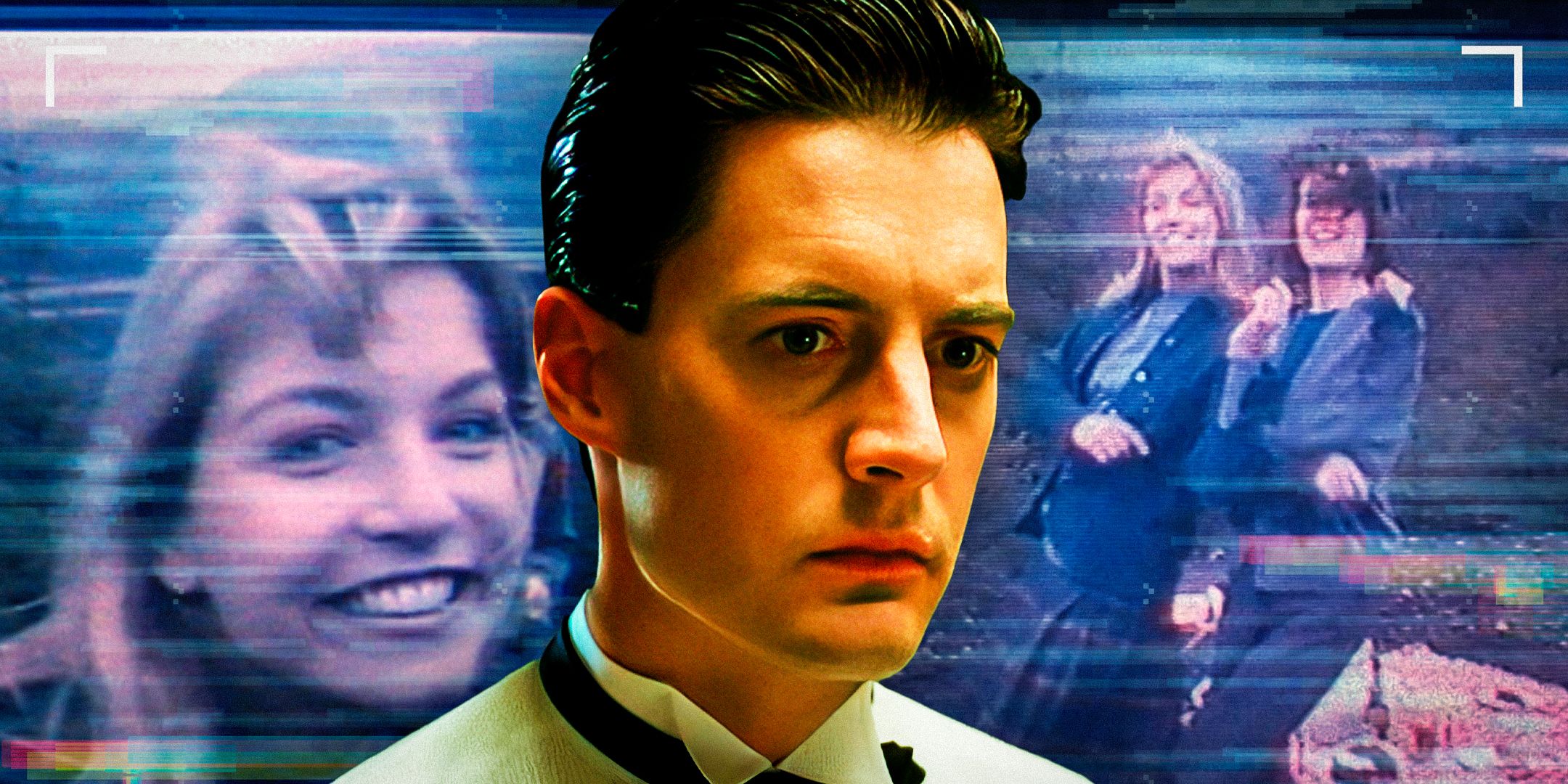
Related
Twin Peaks’ Laura Palmer Is Based On Not 1, But 2 Real Life Crimes
Twin Peaks character Laura Palmer was based on true crimes that inspired the creator, a detail that adds another layer of understanding to the show.
5 Twin Peaks & The X-Files Turn The Mundane Into Something Terrifying
Everyday Settings, People & Objects Are Part Of The Horror
Whether it’s the terrifying painting of a doorway that Laura Palmer hangs in her room in Twin Peaks: Fire Walk with Me or The X-Files‘ liver-eating Eugene Tooms (Doug Hutchison), who squeezes himself into impossibly small crevices, including heating vents, both franchises take seemingly mundane objects, people, or locations and transform them into something worth fearing. In particular, David Lynch has a knack for making everything from ceiling fans to electrical outlets just a little bit unsettling, but The X-Files also boasted the horror sensibilities of writer-director James Wong (Final Destination) on multiple occasions.
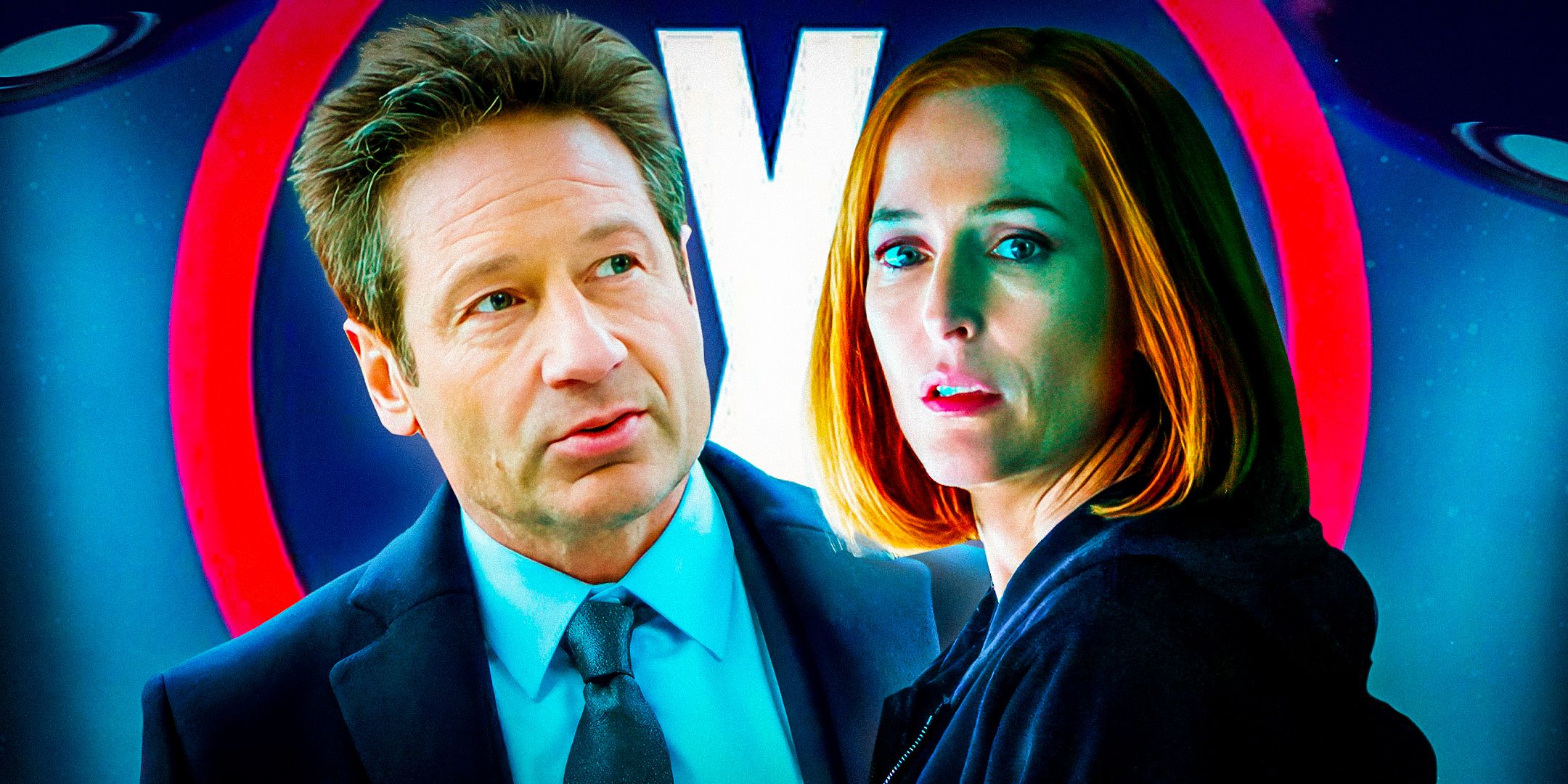
Related
10 Storylines I Can’t Believe Happened On The X-Files
Even for a show that gets as strange as The X-Files does, some of the cases Mulder and Scully tackle are so out-of-left-field they’re hard to believe.
4 Both The X-Files & Twin Peaks Were Shot In Similar Locations
The Pacific Northwest & Vancouver, British Columbia Share Comparable Visuals
In the ’90s, Twin Peaks‘ filming locations in Washington state felt incredibly fresh. Viewers weren’t accustomed to seeing the Pacific Northwest’s lush forests, fog-laden roads, and towering mountains on their TV screens, and the inventive location certainly added something novel to Frost and Lynch’s show. Of course, Twin Peaks owes a lot to its setting, whereas The X-Files, with its monster-of-the-week premise, jumps around a lot. Nonetheless, the first five seasons of The X-Files were shot in Vancouver, British Columbia, which certainly creates a visual similarity between the two shows.
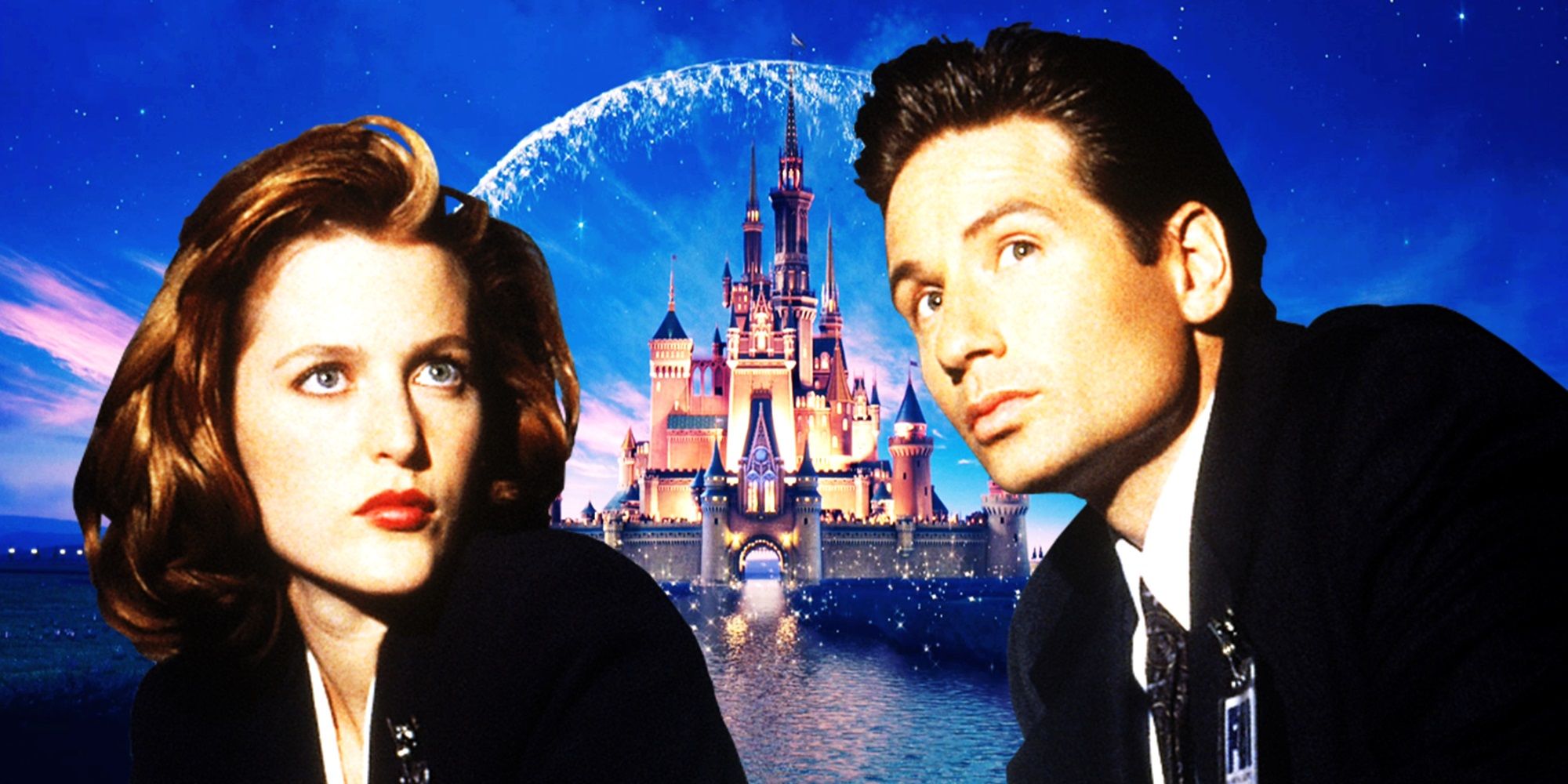
Related
Disney’s X-Files Reboot Reusing The Original Show’s Main Villains Would Be A Mistake
Disney is working on a reboot of The X-Files with Ryan Coogler, but the new series should avoid recycling the original show’s biggest villains.
3 The X-Files & Twin Peaks Share An Eerie Atmosphere
Both Shows Are Filled With A Unique Sense Of Menace
Instead of being outright horror projects, both Twin Peaks and The X-Files incorporate horror elements. Led by compelling characters, the TV shows get viewers hooked on their unique worlds and, gradually, create atmospheres of menace. Although Twin Peaks may seem like a sleepy lumber town, it’s actually the place where a great evil — BOB (Frank Silva) — has taken root. The woods, and the owls, aren’t what they seem. In certain episodes, The X-Files plays with this sense of atmospheric horror and looming menace, resulting in some of the show’s most chilling moments.
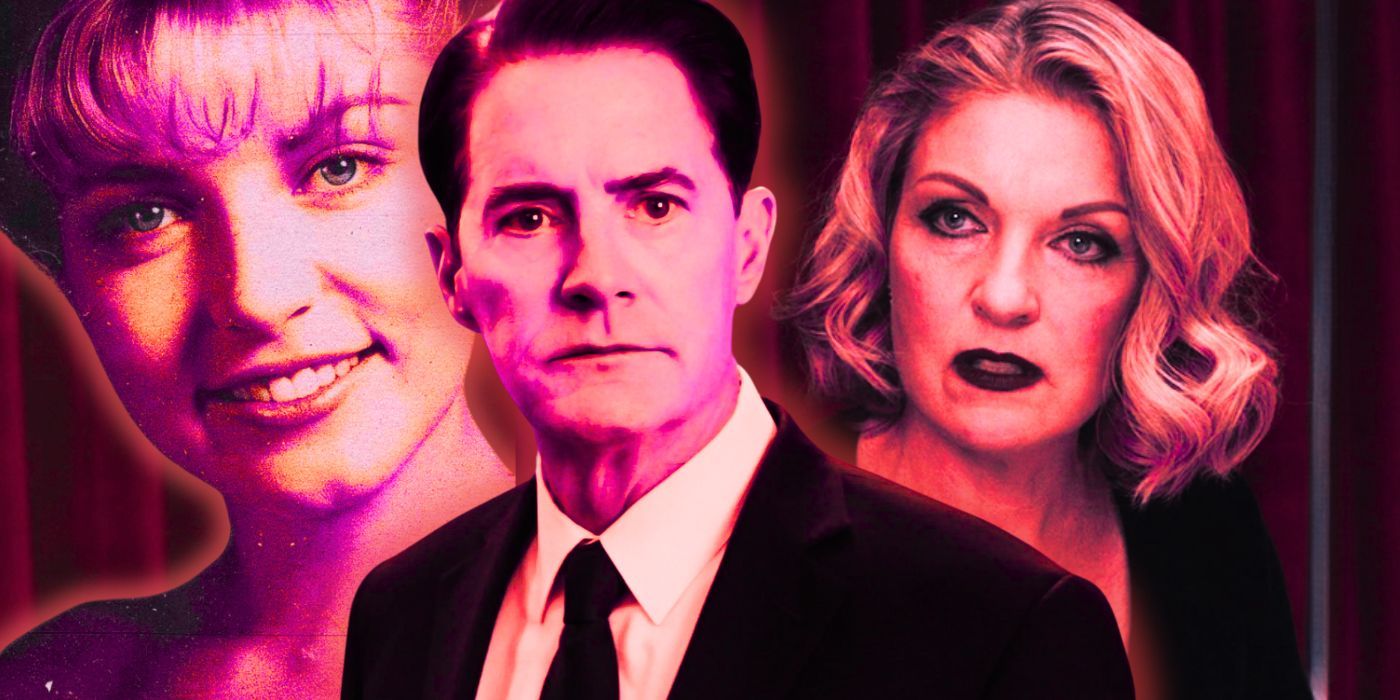
Related
9 Questions & Mysteries Twin Peaks Season 4 Could Answer 7 Years After Ambiguous Ending
Twin Peaks season 2 may have ended on a cliffhanger, but Twin Peaks: The Return also leaves viewers with just as many — if not more — questions.
2 Twin Peaks & The X-Files Transformed How Viewers Saw Small-Town America
Dark & Strange Things Lurked Beneath The Shows’ Americana
There’s no denying that Twin Peaks changed TV shows forever — and in numerous ways. However, one of its most significant contributions is the way it upended images of Americana, making them into something uncanny or unsettling. Lynch’s Blue Velvet did something similar, but he takes things to a new level with just how haunting a living room, diner, or hotel room can be in the world of Twin Peaks. The X-Files took a page out of this book, with Mulder and Scully often uncovering some of their most unsettling and otherworldly cases in Middle America.
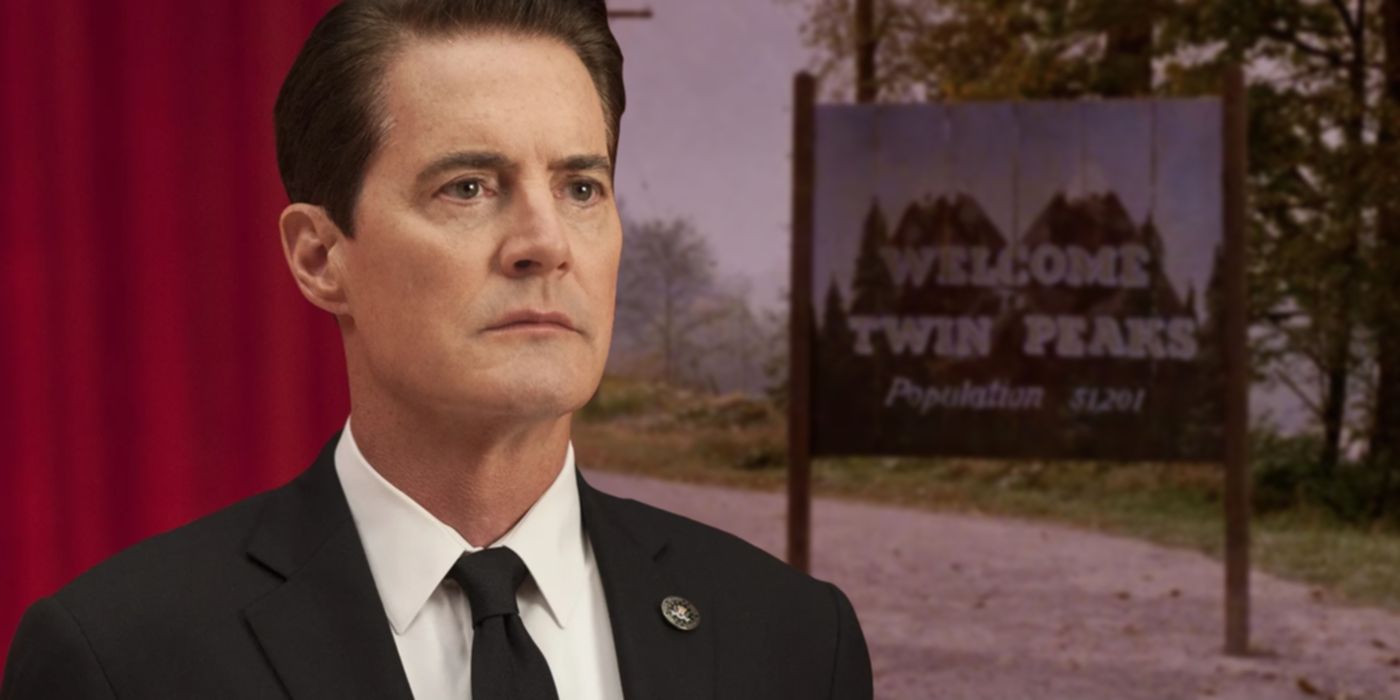
Related
Twin Peaks Almost Returned with a Totally Different Story
Before Twin Peaks came back from its 25 year hiatus, fans nearly returned to David Lynch and Mark Frost’s dreamlike world in a comic book sequel.
1 The X-Files & Twin Peaks’ Overarching Narratives Involve “Dead” Girls
Samantha Mulder & Laura Palmer Loom Large Over Their Respective Stories
While Twin Peaks hinges on the question of “Who killed Laura Palmer?“, The X-Files has a less-obvious “dead” girl in the form of Samantha Mulder (Vanessa Morley; Megan Leitch), Fox’s missing sister. Fox Mulder believes that his sister was abducted by aliens when they were children, prompting his life-long pursuit of proving the existence of the paranormal and supernatural. Eventually, The X-Files reveals what happened to Samantha Mulder, but there’s no doubt that both Samantha and Laura loom large over their respective shows, playing right into the “dead girl” trope (via Film School Rejects).
Twin Peaks is streaming on Paramount+ and The X-Files is streaming on Hulu and Disney+.
Source: Film School Rejects




